
Hearthstone
Welcome to the Hearthstone realm!
129
Characters Joined
Madness at the Darkmoon Faire Card Spoilers & Expansion Guide
The expansion launched on November 17. The mini set which contained 35 additional cards launches on January 21.
- New Keyword: Corrupt! Corrupt cards upgrade in your hand after you play a higher cost card.
Important Dates
- Madness at the Darkmoon Faire launches November 17.
- Hearthstone Duels Early Access launches October 22.
- Hearthstone Duels Season 1 starts November 17.
- Progression and Rewards system updates launches November 12.
- The 35 card mini set releases on January 21.
The Mini Set
Darkmoon Faire is the first Hearthstone expansion to have an additional 35 cards added to it through a mid-expansion update. This "mini set" has some unique features:
- The cards will be available to earn through Darkmoon Faire card packs.
- You can purchase the 35 card addition, which includes 4 legendaries, for $15 or 2000 gold.
- The mini set brings back dual-class cards and Spellburst, which were both mechanics seen earlier in the Year of the Phoenix.
Don't forget to follow us on Twitter and like us on Facebook to get notified of new card reveals! You can also follow along with us on Discord.
Madness at the Darkmoon Faire Community Compendium
See how the community initially rated the expansion! Check out the Madness at the Darkmoon Faire Community Compendium!
Revealed Cards for Madness at the Darkmoon Faire
These are all the cards that have currently been revealed for Madness at the Darkmoon Faire.
Demon Hunter
Druid
Hunter
Mage
Paladin
Priest
Rogue
Shaman
Warlock
Warrior
Neutral
Leave a Comment
You must be signed in to leave a comment. Sign in here.





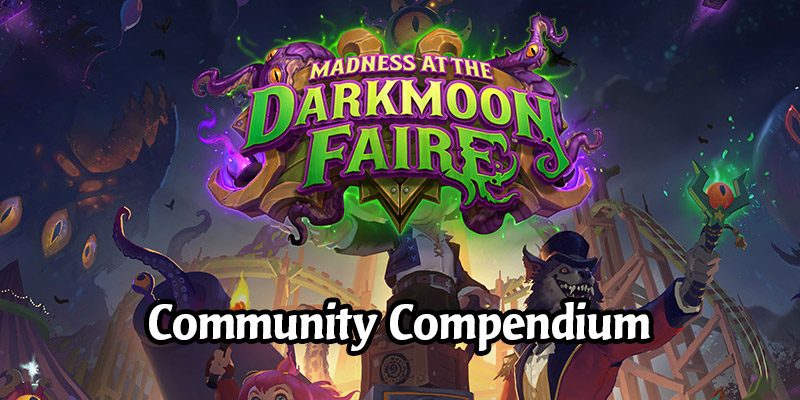
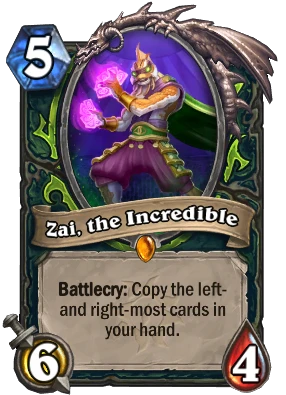
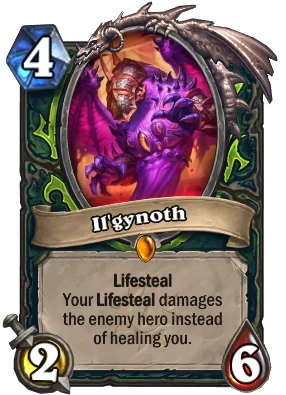
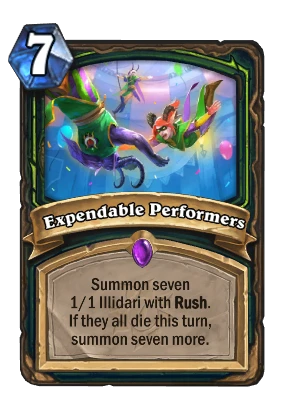
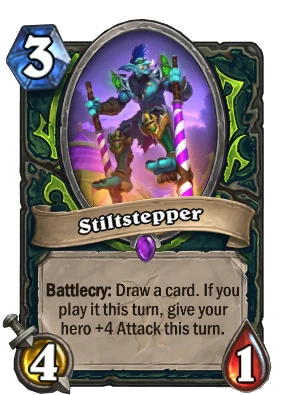
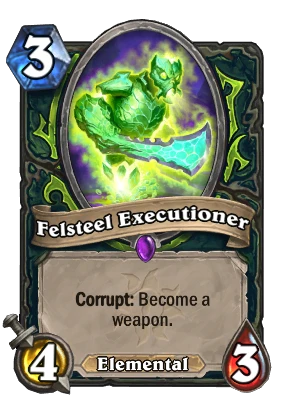
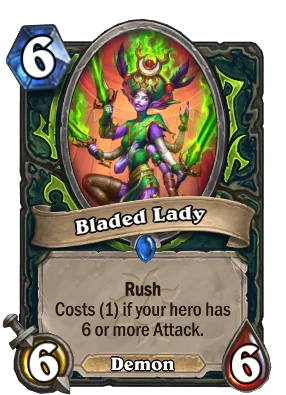
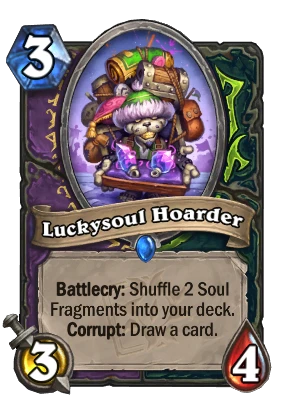
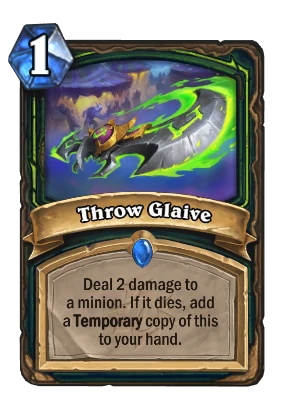

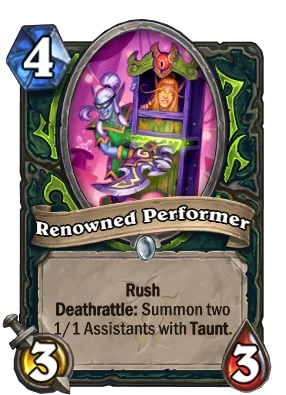


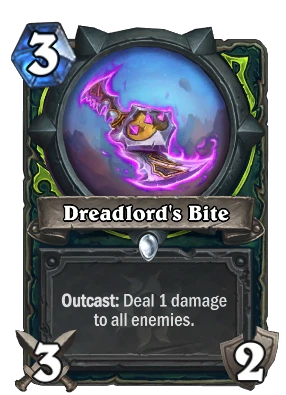

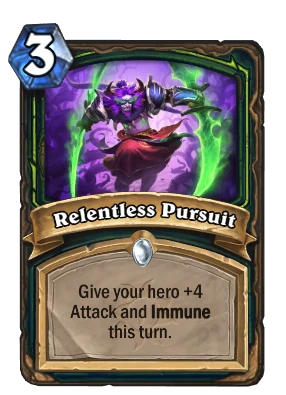
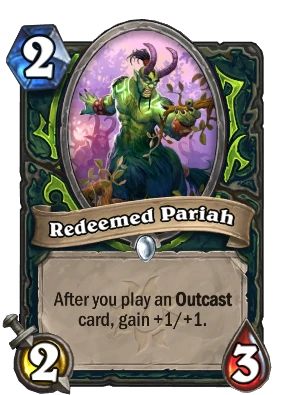
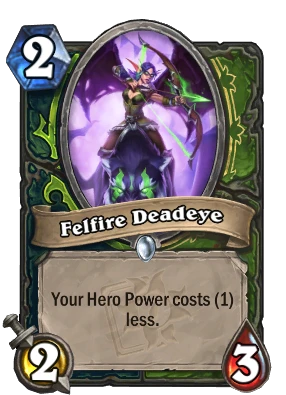
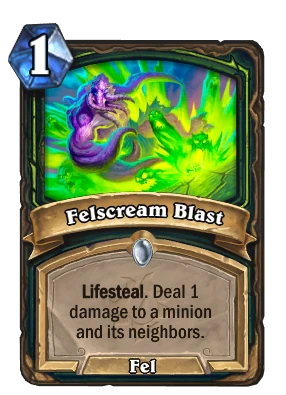
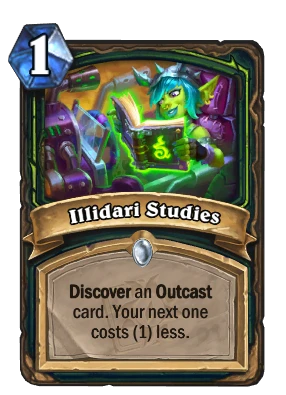
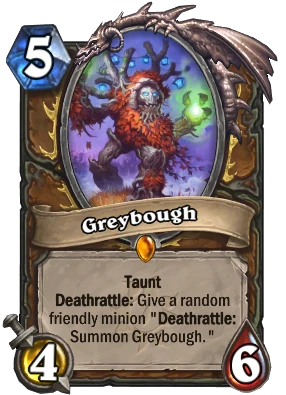
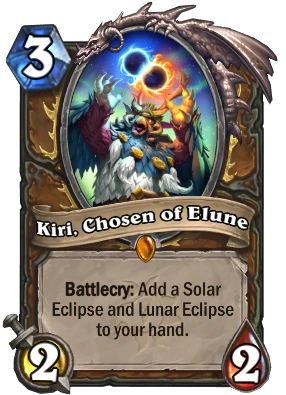

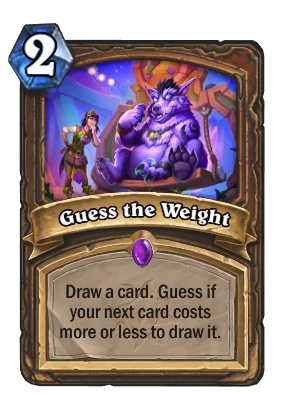
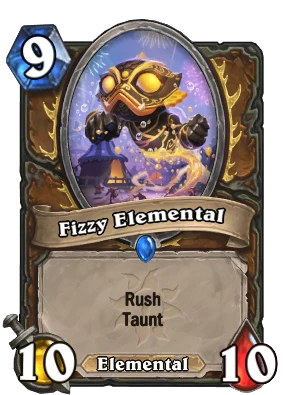
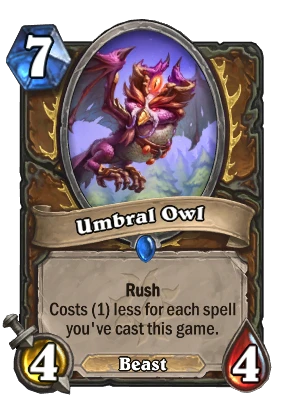
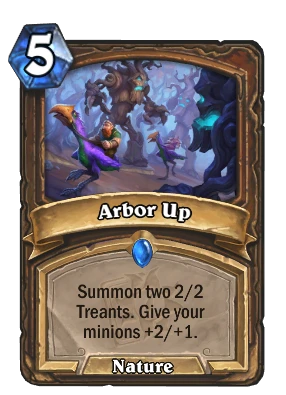
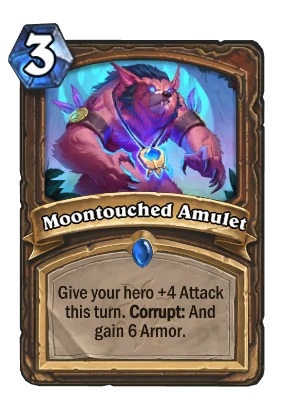
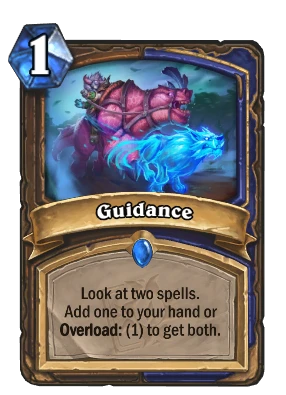

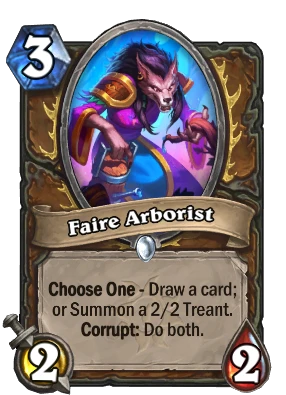

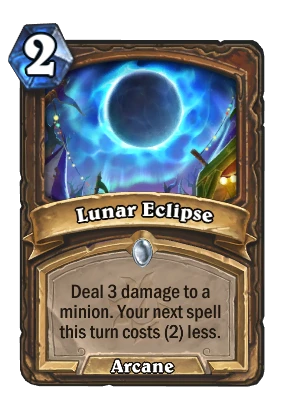
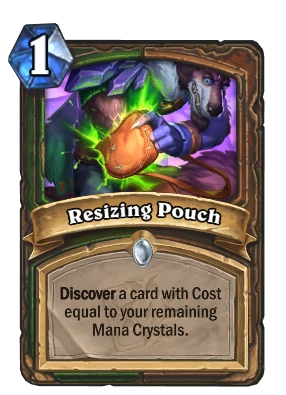

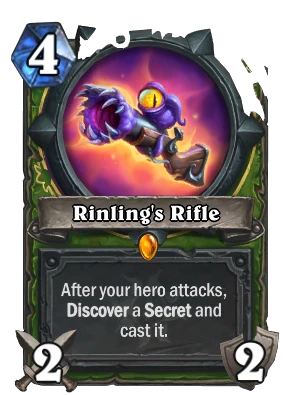

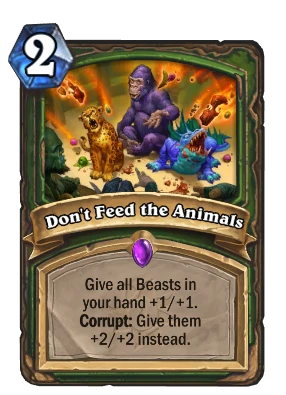
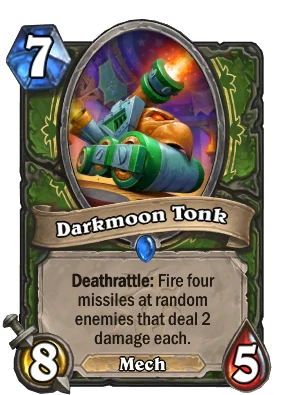
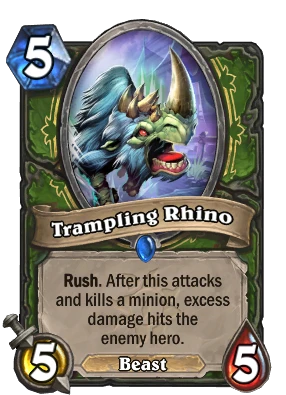
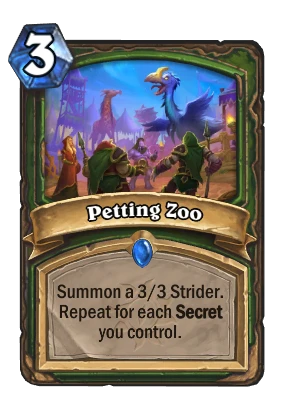


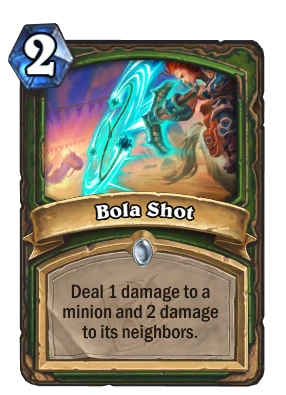
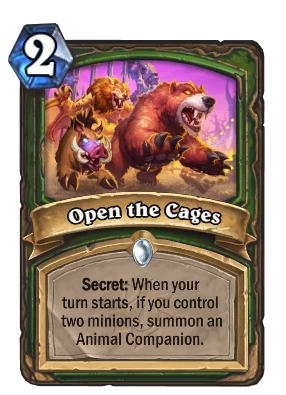
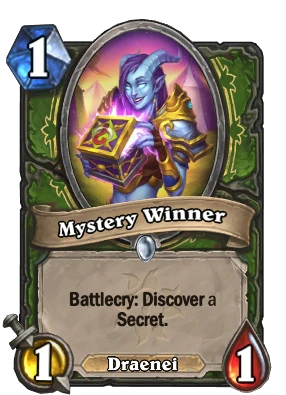

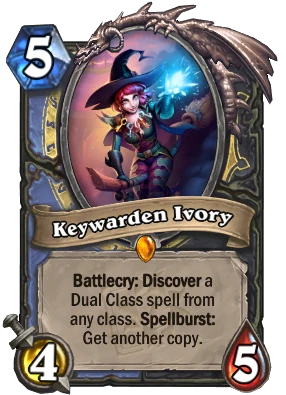
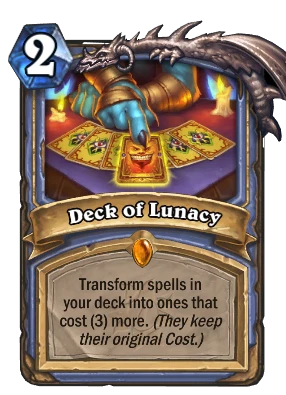
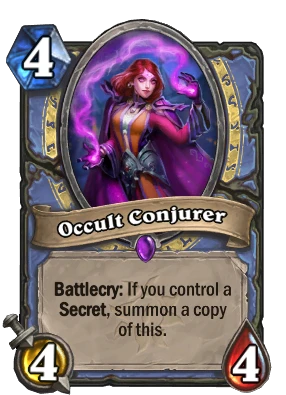
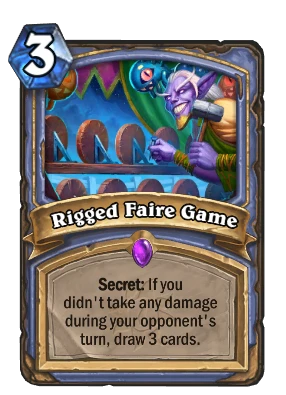
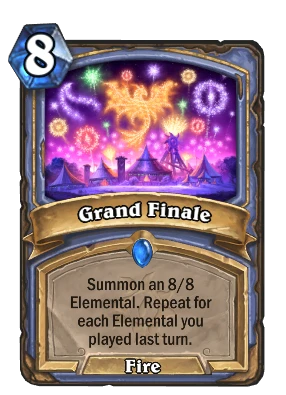
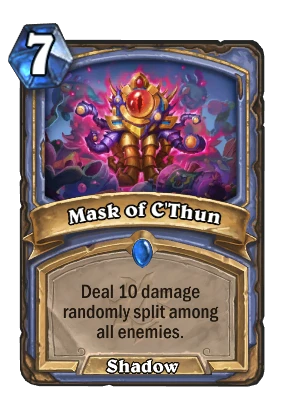

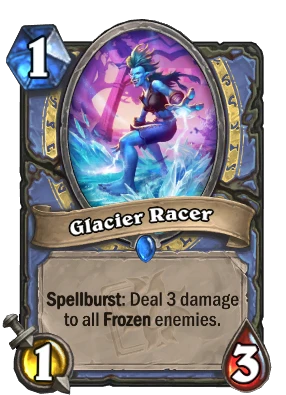

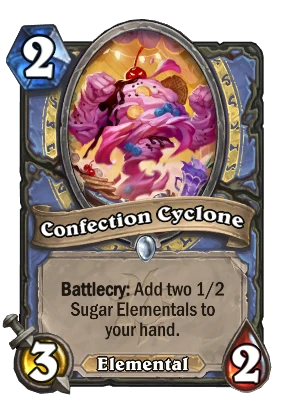

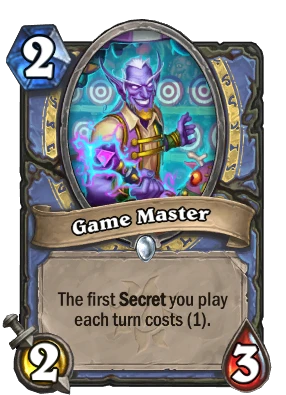
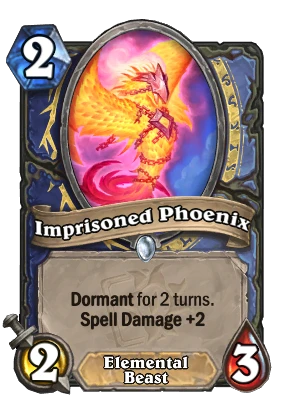
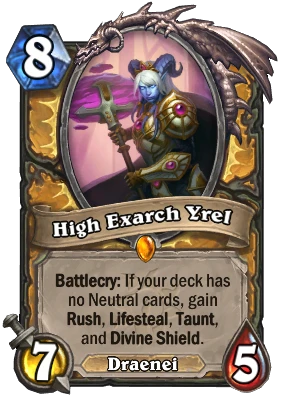
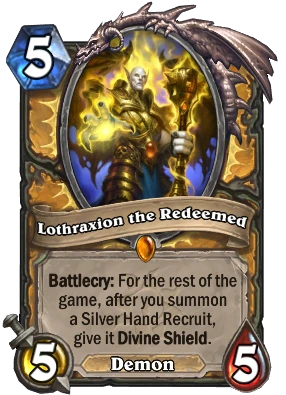
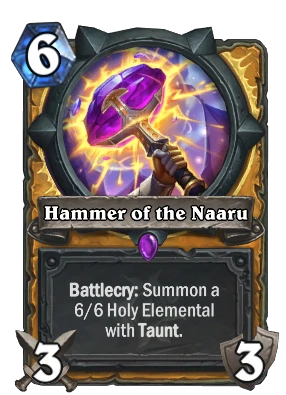
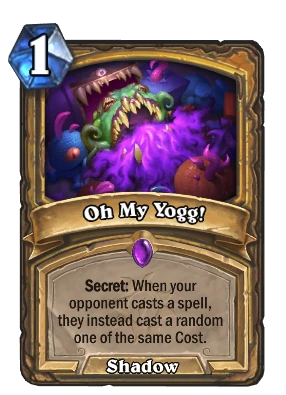
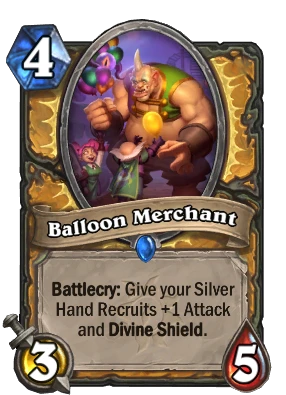
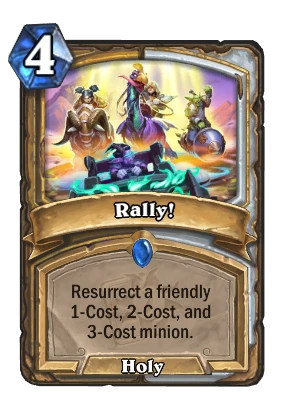
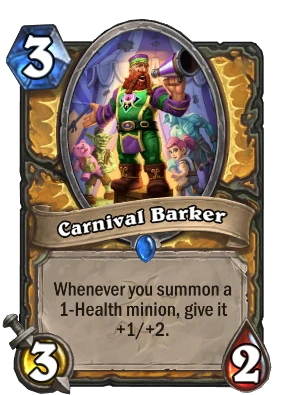
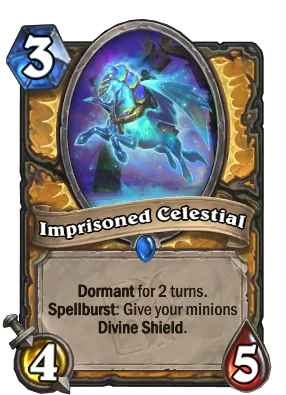
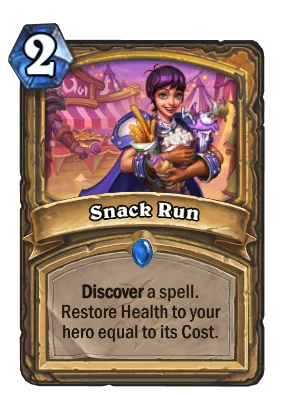
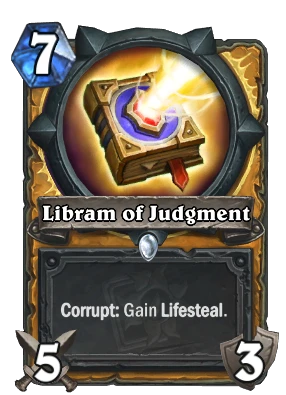

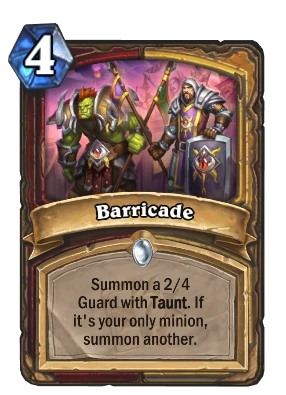
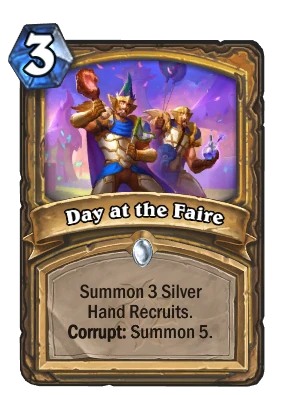
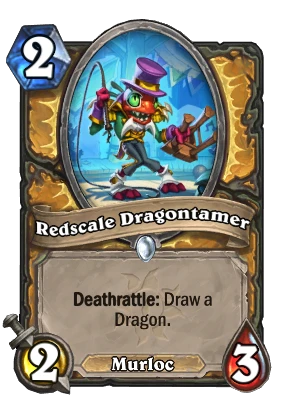
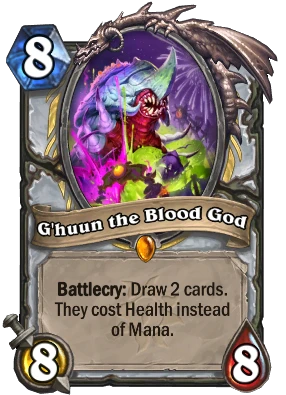

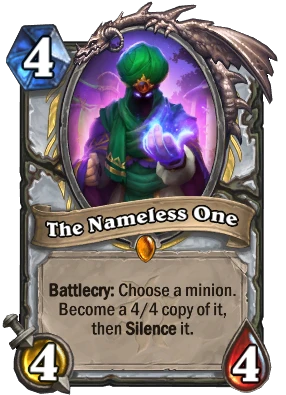
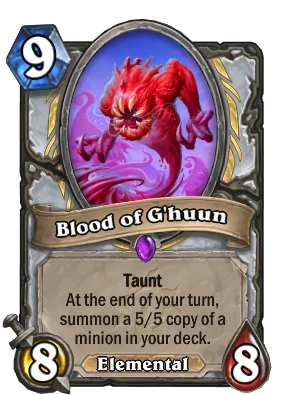
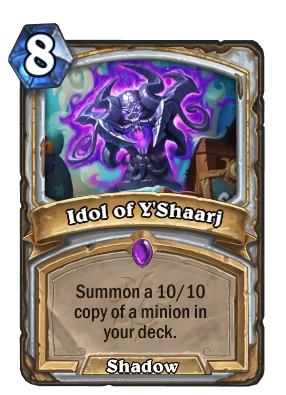
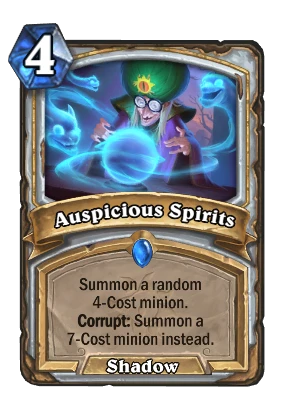
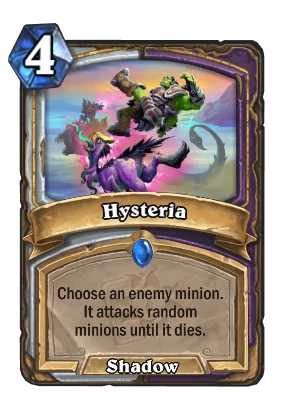

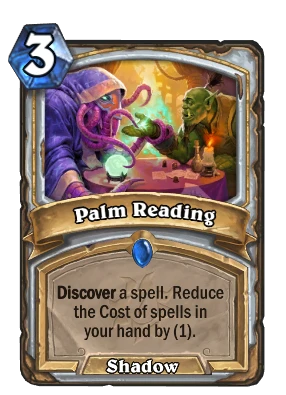
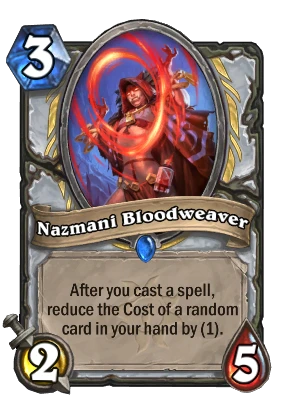

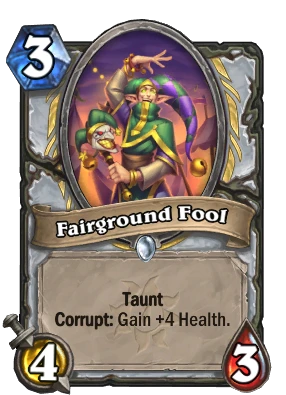
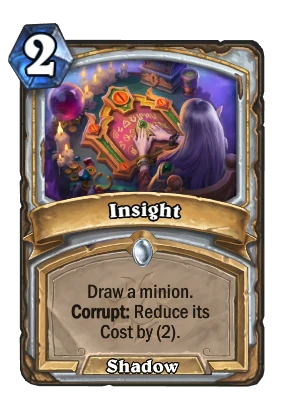
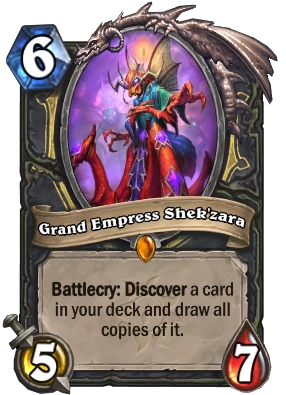
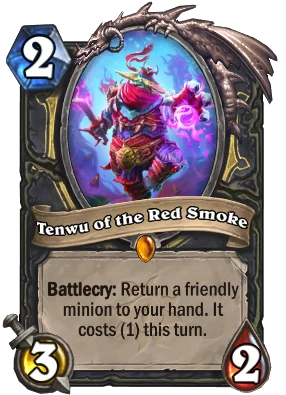
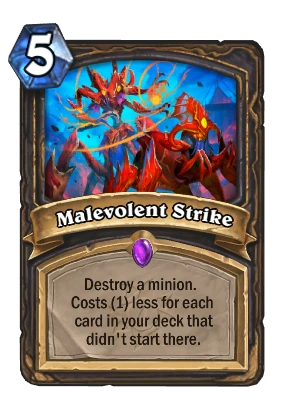
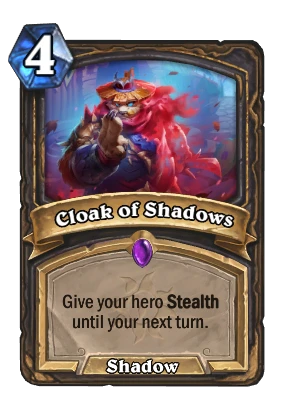
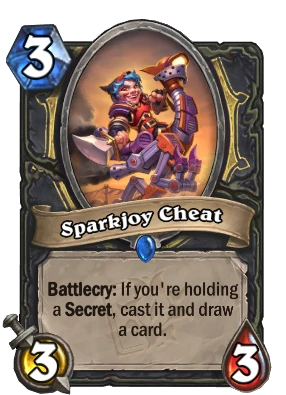
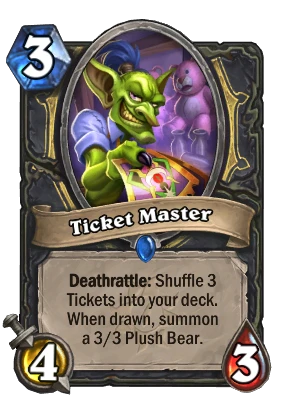
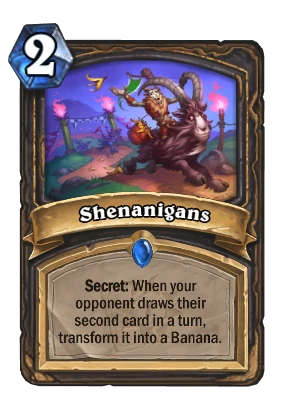
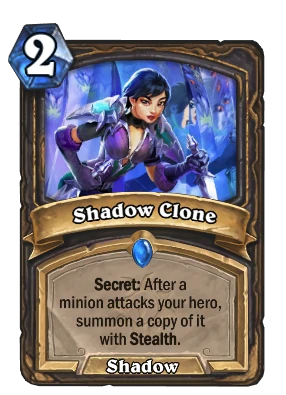


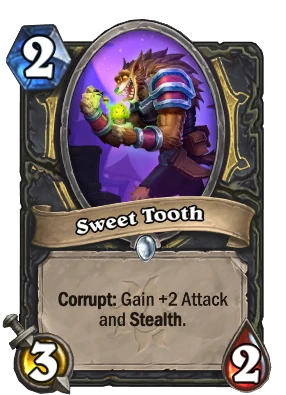

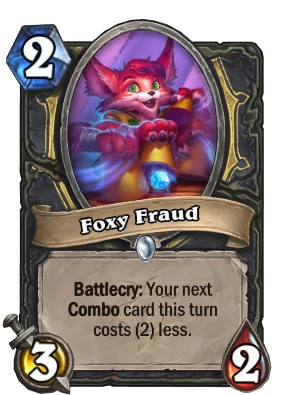
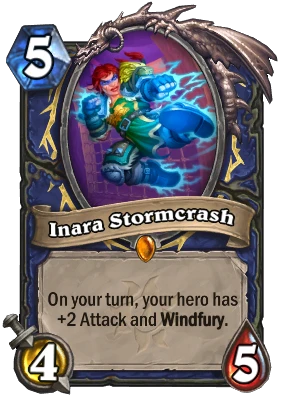
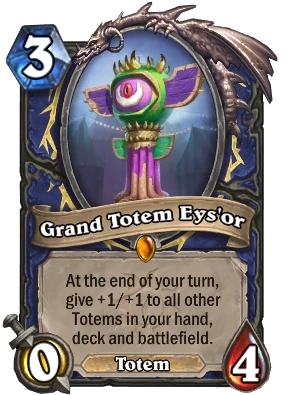
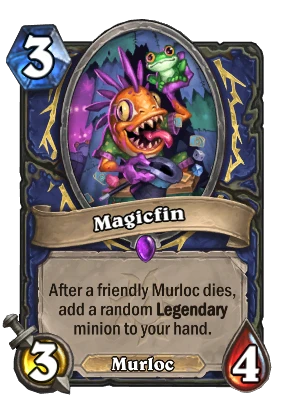
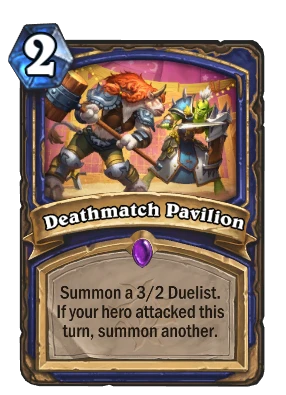

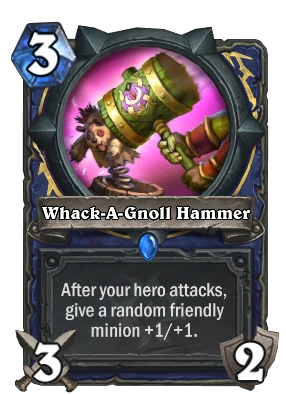
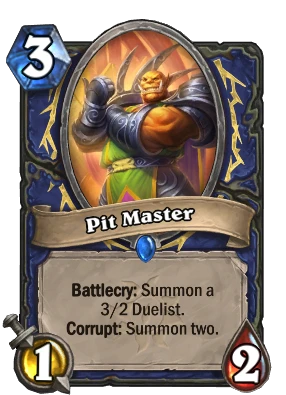



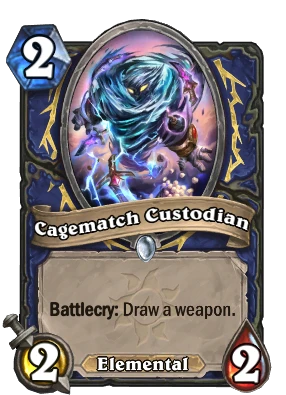
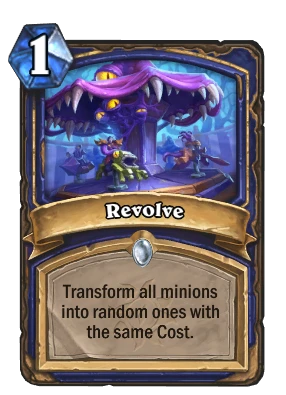
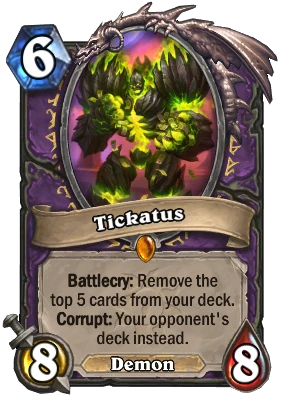
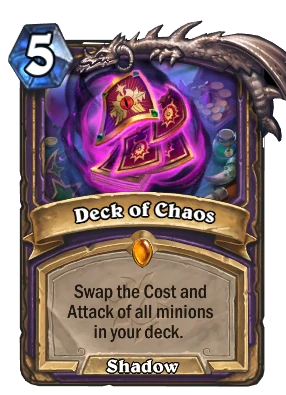
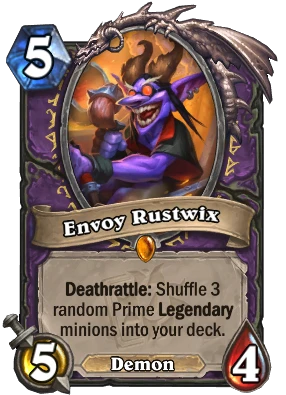
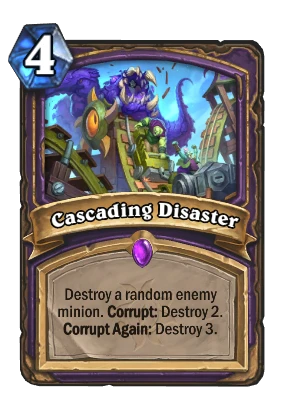
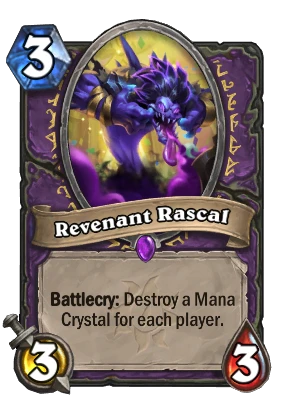
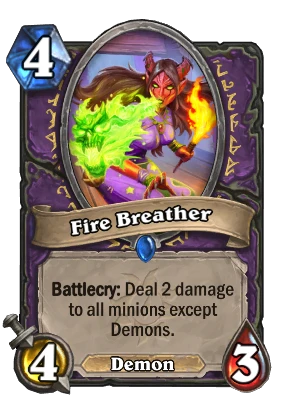
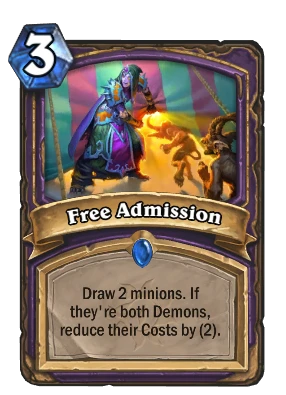

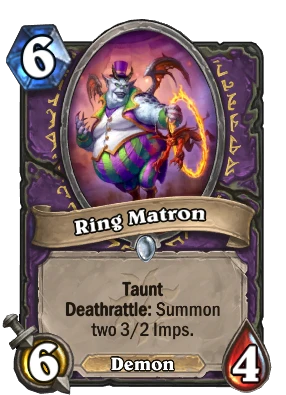
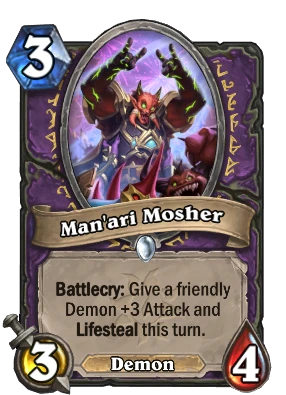

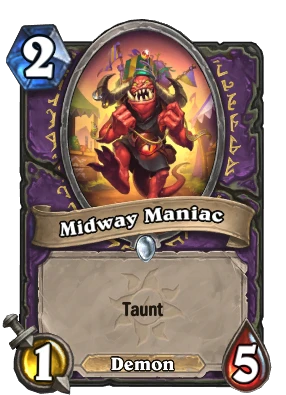
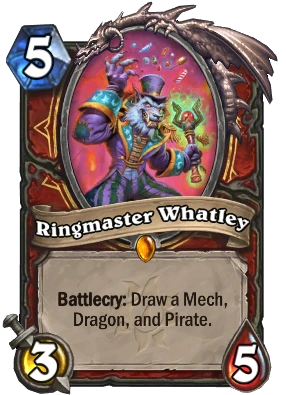
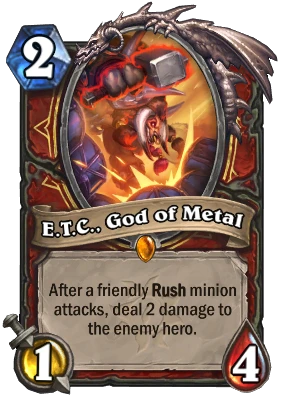
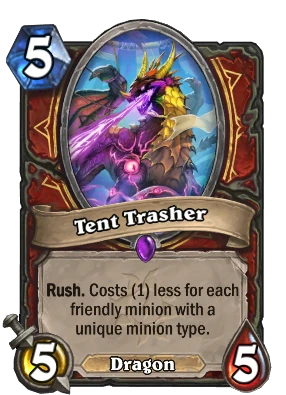
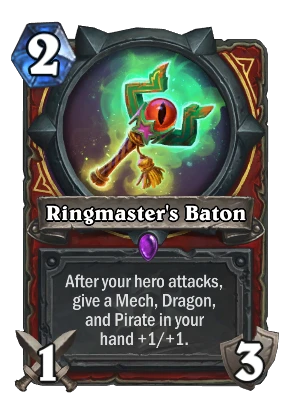

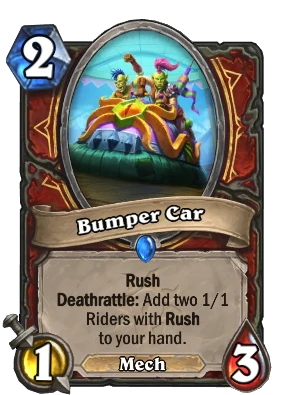
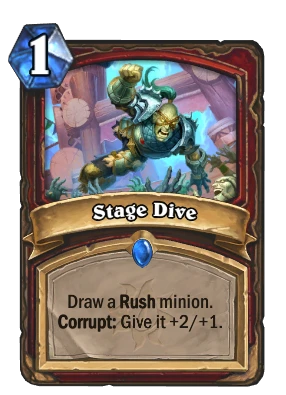
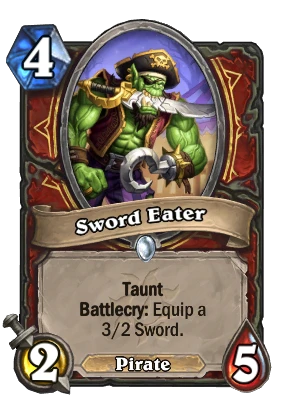
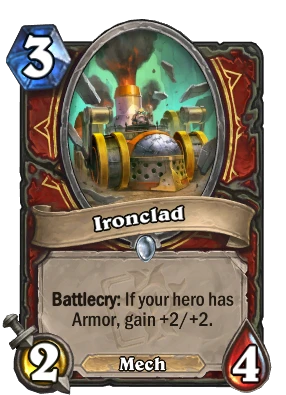
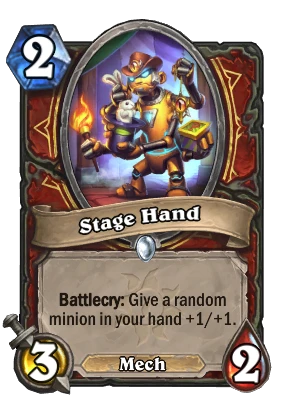



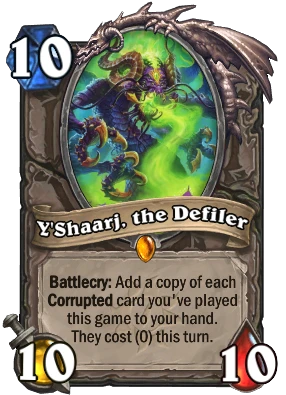
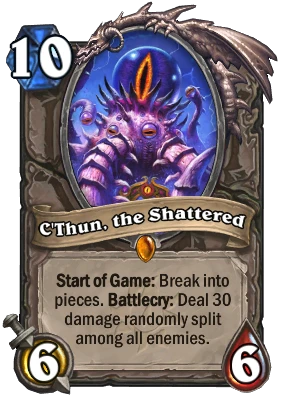
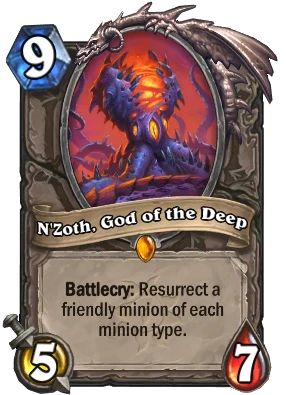
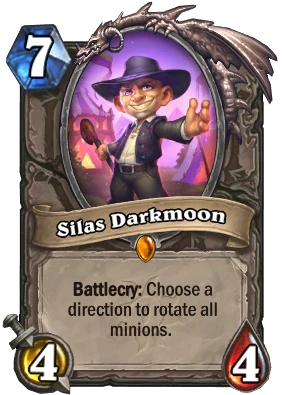
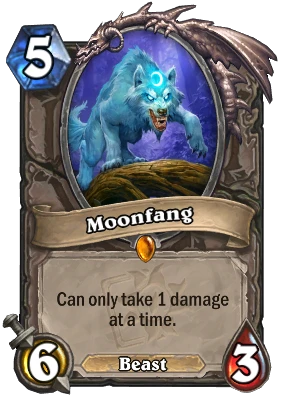
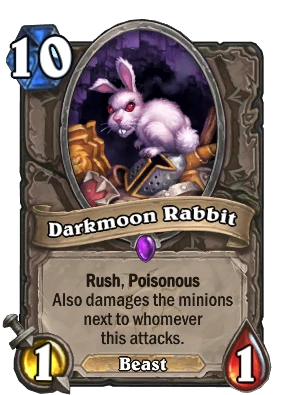
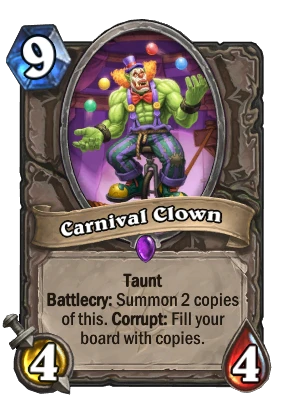
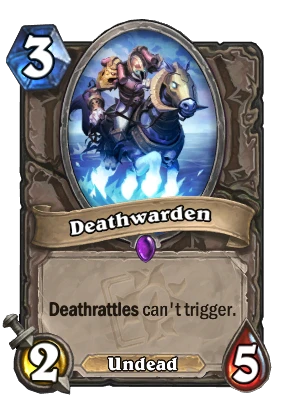

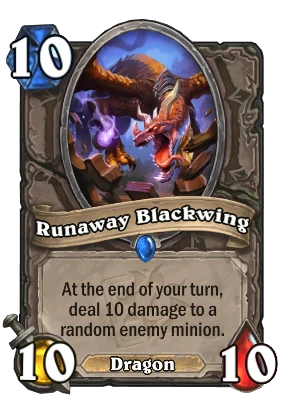

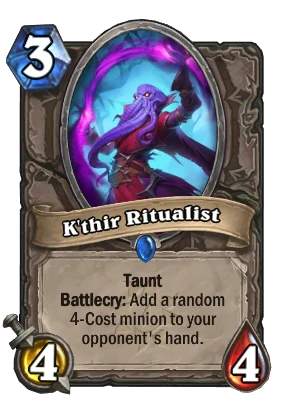
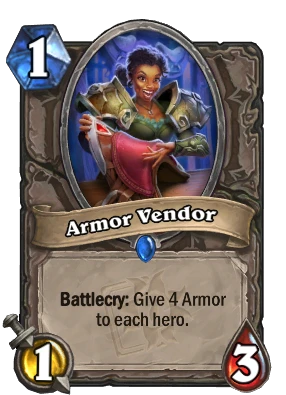

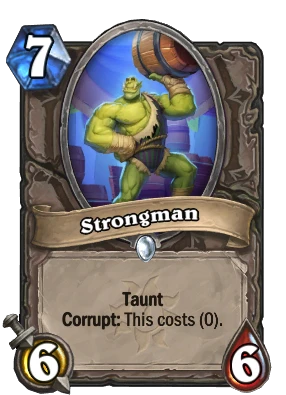


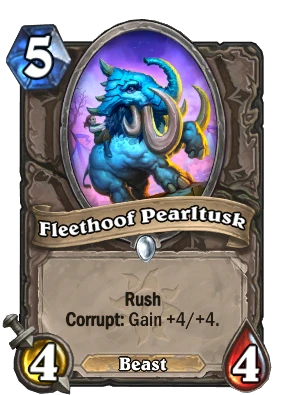
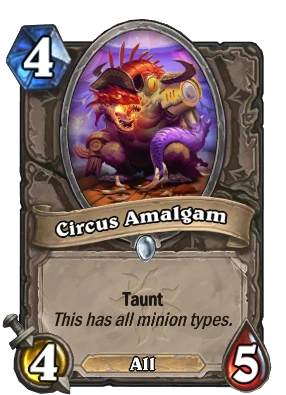
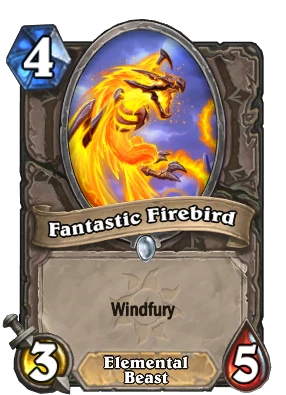


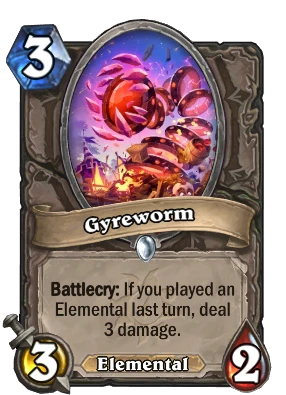
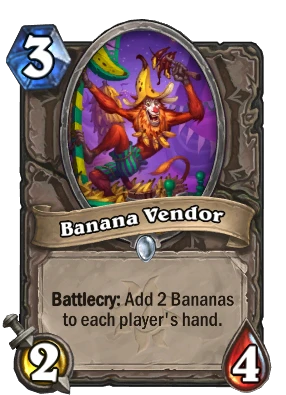
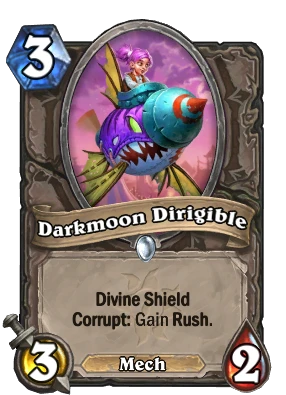

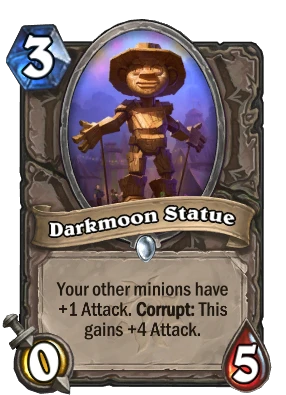

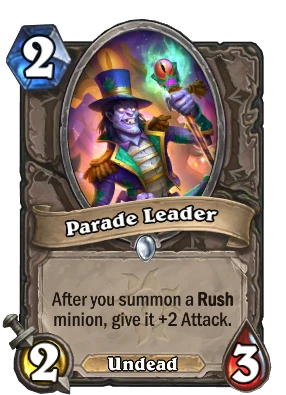
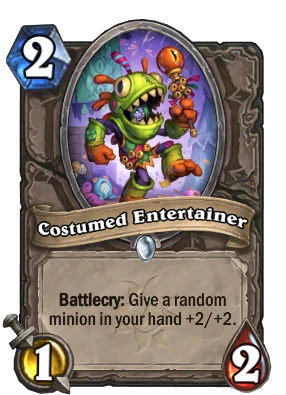
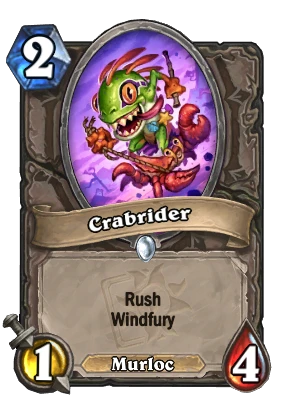

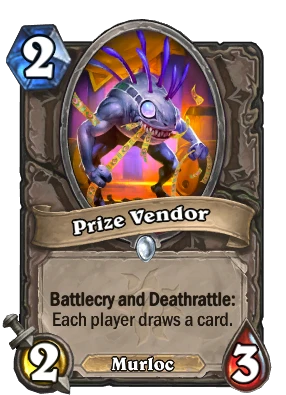
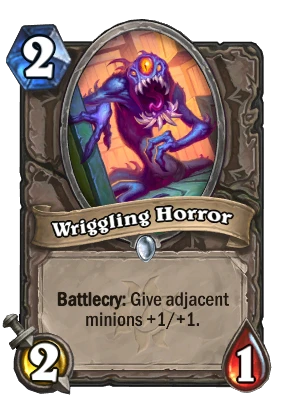
Comments
It may also just be that they wanted some November excitement with no BlizzCon this year. But I am also a little bummed as I will have less gold at the start of the expansion than normal. But if they get back on an April/August/December schedule I should make up for the shortage over the course of the expansion (and if the new reward track is truly as good as they are hyping it up to be).
The winner of most of the games will be decided by RNG
This is a card game. One could make that argument about every game - assuming the skill of the players is near equal.
There are many factors that decide a game and in sports too but rng is another factor that makes the outcome extremely random but most of the time the better deck will win
Nope, this is just Hearthstone, where the word "random" is countained by 75% of the cards ever printed. Or i guess even more tho xd For example in Runeterra, there are the games much more skill based then RNG based, way less random stuff etc.
I played Runterra for a few months. I don't play it anymore because, although their reward structure is very generous, the game play was very boring. Due to the lack of RNG, everything felt repetitive, predictable, and monotonous.
I do not disagree that Hearthstone has a lot of RNG, and I do think we could do with a little less, but it is one of the things that makes the game fun. RNG is good int he right balance, and it doesn't diminish skill like some people think it does. When done right, RNG can work with skill to create a diverse, fun, and exciting game.
I think it is crucial for there to be a lot of RNG in games like Hearthstone. Otherwise, games becomes decided mostly by who you are pared up against. In a game with no RNG, the winner will very often be the person who has the favorable deck in the matchup. Unless I planned specifically to fight against combo decks, my slow control deck will always lose that matchup. It doesn't matter how good I play, my only hope of winning is if my opponent makes a mistake. Games like chess, or sports, work with no RNG since both sides start from an equal point. In games like Hearthstone, both players start with very different decks. So there has to be a certain level of RNG to make the matchup less of a deciding factor in who wins and loses.
Sorry for the rant. It just think people don't appreciate randomness enough.
I know you weren't being serious with the 75%, but I had time to kill so I has a look for myself. I went further than just the word 'random' and included things like discover and adapt, but when you do that there becomes a lot of choices on what effects you consider random, and hence everyone will get a different number. Nevertheless, if we are being serious, it looks like cards in HS that have a random element make up less than 20% of collectible cards.
A lot of it is actually a controlled sort of random (e.g. something like Resurrect), where it only uses the word random because HS has chosen to limit the number of actions possible to the player (looking in a graveyard/discard pile in this case). That might look like it dumbs the game down and makes it less skill-based, but that's not entirely true. The reduction of choice means you need to be a better player to control it at both the deck-building stage and during a game, and you often need to be dynamic in making decisions to seize control of supposedly random effects.
In the end, RNG goes both ways for testing skill. I generally consider RNG that puts things into the hand - and therefore gives players control of what to do with them - to actually increases the skill required to navigate a game (at least on average) because you have to be able to devise new plans as the game progresses. RNG that goes straight to the board is often the opposite, although there are a few instances where it can be a test of skill, such as knowing there's a chance to get a Doomsayer out of your opponent's Piloted Shredder.
RNG fiesta Tavern Brawls are actually a good place to see this in action. In the most RNG heavy ones where decisions are dwarfed by variance I'll have about a 50% win rate, but in the mild RNG brawls my win rate is way higher (I'll often only lose with 1 or 2 of the 10 classes as I cycle through them) thanks mostly to having so much experience with burgle rogue that I'm more adept in those situations than most players.
If you were looking at all cards in the game (a monumental task I must say), then your result is lower than the actual reality in actual games. Why? Because almost nobody plays cards with no text (and therefore no randomness), so every card with no text is immediately irrelevant to actual games. Yet, I'm betting you were counting those cards in your totals. There are also many other cards whose text has no randomness, but are still not actually played in any decks.
If you redid the counting using only competitively-used cards, I'm betting you'd have quite a bit higher of a percentage, assuming you include everything that's actually random (discover, Avenging Wrath-type things, any resurrect ever, and so on).
Thankfully I know HS's complete card collection pretty much immediately when I see each card's artwork, so it didn't take as long as you'd expect.
As I said, there's different ways of counting them as soon as you don't just search for the string of letters "random", and there will be no right answer. For transparency, I tried to count everything that would use a random number to determine what happens, including effects which are themselves deterministic, but lead to random effects further down the line (e.g. Sindragosa). The only effects that could be considered random but I left out were those that pulled/used a card from your own deck (e.g. Mad Scientist, the recruit keyword, or things like Deadly Arsenal). The reason for that choice was that I couldn't distinguish between that randomness and the randomness in the order of cards in your deck.
As for only counting competitively used cards, the issue with that is how do you define it? Do they have to be competitive right now, or just at some point in the past? And how do I count the cards that we have now but will only become competitive in the future? The line between a competitive card and a weak one is so much thinner than people often think. So desiring to avoid imposing arbitrary constraints, looking at the entire collection is the sensible route.
Yes, but even with this caveat, there are still a numerically large number of cards that are obviously far too pathetic to include in any deck, pretty much ever. Just looking only at the 2-cost slot, and spending less than 2 minutes, I came up with: Biteweed, Bloodfen Raptor, Bilefin Tidehunter, Bladed Gauntlet, Blowgill sniper, Call Pet, Cheaty Anklebiter, and so on (just from the alphabetical listing here, you can tell I didn't go very deep). The number of genuinely unplayable cards (speaking of competitive ranked play only) is quite large at this point, honestly. Numerically, there would be literally hundreds of cards that never get played in any deck right now (and probably never have, nor ever will).
I am not at all saying you are wrong to want to consider it that way: there is definite merit to focusing only on the cards in the meta since that is what dominates most players' perception of how many cards are random. The issue is coming up with a set of constraints to determine which cards to consider. Those constraints will be arbitrary, which does not mean they aren't justified, just that they will in practice differ from person to person, and that's OK. I'm just not going to count it that way myself :)
Regarding your list of "obviously far too pathetic" cards, I don't think you are being fair, especially since the importance of cards in the Arena can be much higher than you'd expect from constructed. Most of the cards you listed are/were actually decent (if not exciting) picks in Arena, so they do factor into the pool of relevant cards.
What I'm most interested in though is what you mean when you say "genuinely unplayable". Take Bloodfen Raptor: I'm not going to argue that it would ever be better than a similar alternative to put in a deck, but "genuinely unplayable" is a strong statement. Often good 2 mana cards are played but end up just being a textless 3/2 or 2/2 in games where their effect doesn't make a difference (a good example at the moment is Cult Neophyte). Do you feel bad when that happens? No, not really. In that case you could play Bloodfen Raptor instead and do just fine. Will your win rate drop? Yes, but only by a little bit, and it's not like the Raptor is completely killing your deck.
The only cards I would call "genuinely unplayable" are the ones that are actively bad for you (e.g. Majordomo Executus and Temporus), but even those have some niche, even if it is tiny. This is all semantics of course, and everyone has a different aim when playing the game. If the aim is to have the most optimised deck possible, then your definition probably does apply to the cards you listed.
I did specifically say competitive ladder for a reason there. It's the ultimate judge of the complete card pool, with wild actually serving that purpose even better than standard.
You mentioned Arena several times, and here's the thing about Arena - when you artificially limit the card pool to only a certain subset of all cards, some cards are still worse than others, but some otherwise-unplayable cards become playable, solely because the best cards are excluded from the format. Thus, as you mentioned, a Bloodfen Raptor could be ok, when (say) Crackling Razormaw, Huge Toad, Furious Felfin, Faerie Dragon, Sorcerer's Apprentice, Sightless Watcher, and Fallen Hero are all excluded from the format (I have no idea what the current format is, but I know for a fact that Arena is curated to be a limited card pool). I also picked only cards with the same cost and stats as Bloodfen Raptor. And every single card listed is strictly better than it, but if all other 2 cost 3/2 cards are unavailable, sure, Bloodfen Raptor might be pickable.
That's the thing about limited formats. They artificially raise the value of bad cards by excluding good ones from the pool of options. That's why I specifically referred to competitive ladder format - that is the only way to determine which cards are actually the best cards.
Anyways, this doesn't really have much to do with randomness, but it was still interesting to discuss.